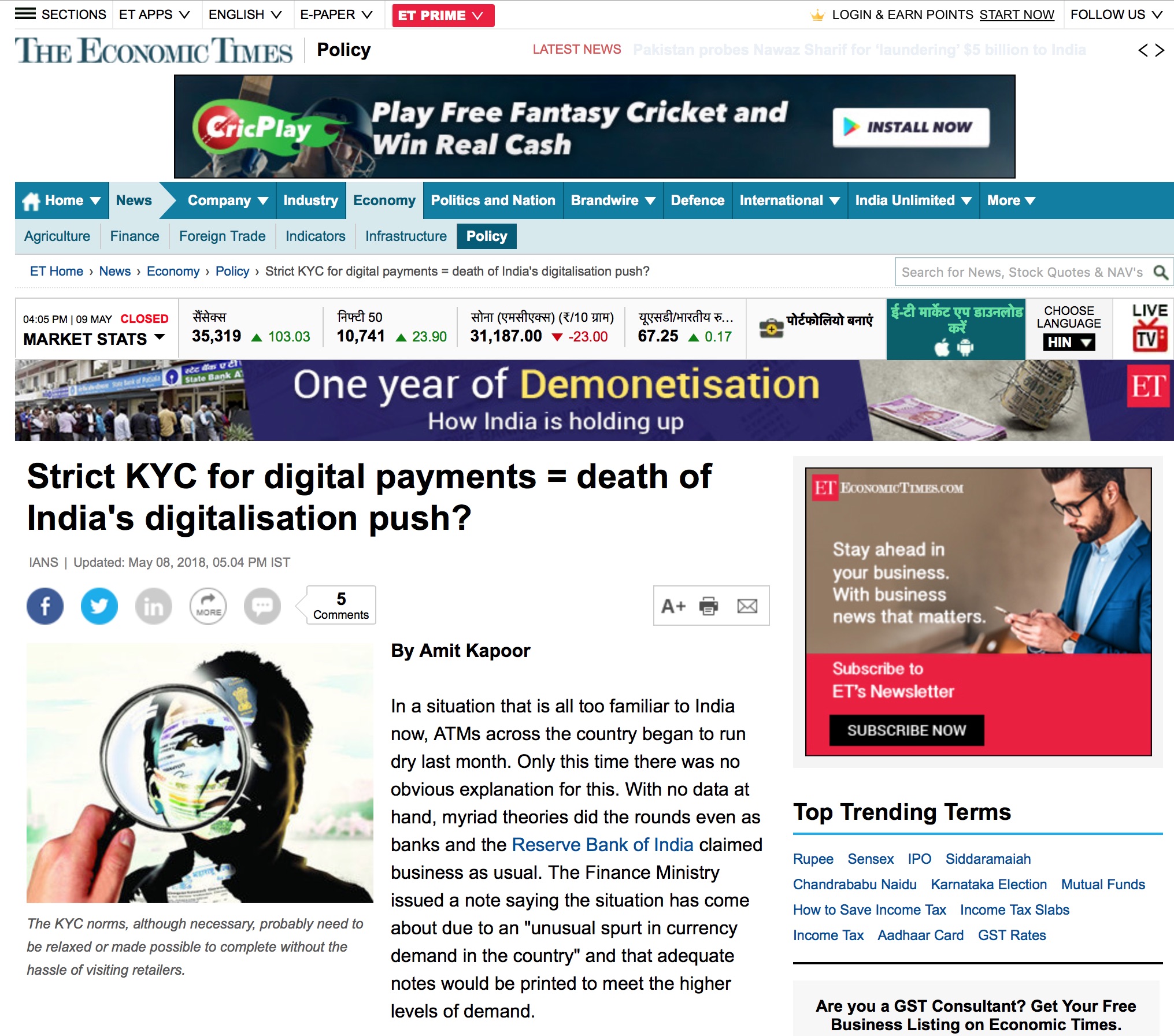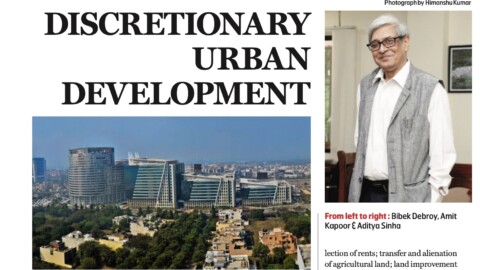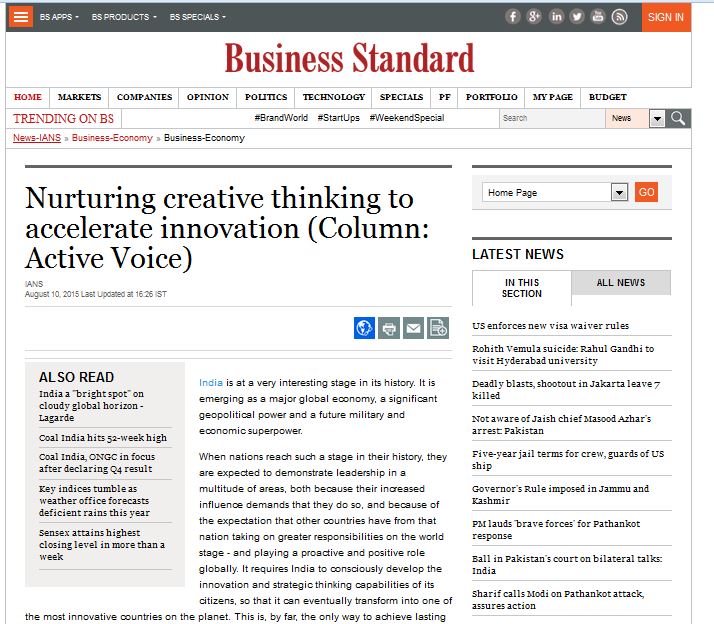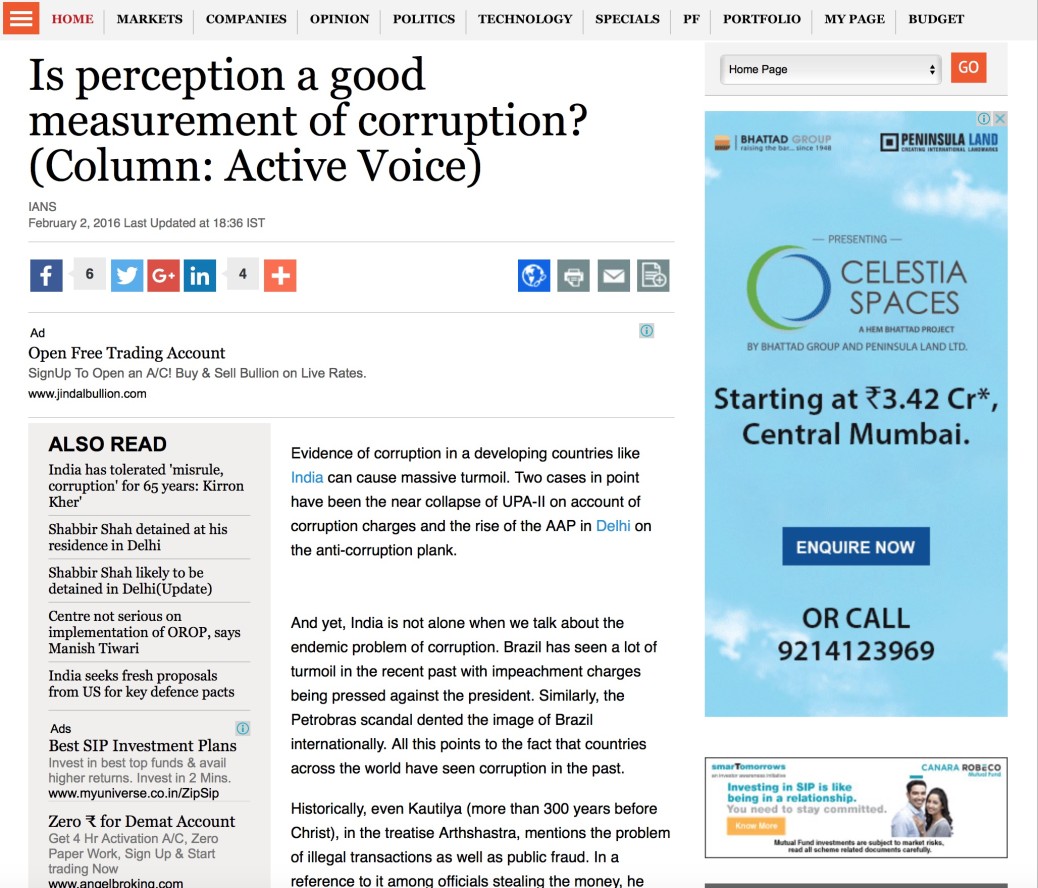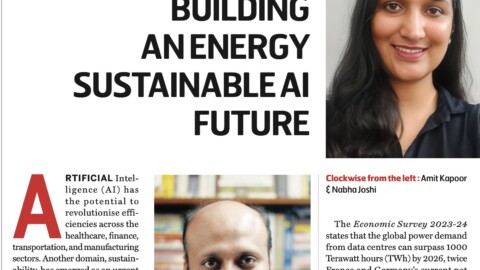By Amit Kapoor and Kartik
Over the last five years, the Electric Vehicle Industry in India has undergone a remarkable transformation, evolving from a niche segment to a critical driver of growth and innovation in the Automobile Industry. For India to position itself as a global player in the EV revolution, it is essential to maintain its growth momentum as it strives to attain its EV30@30 goals. In 2024, however, there has been a slight decline in EV Passenger sales, as opposed to the impressive growth rates of more than 100% showcased since 2022. This deceleration isn’t unique to the Indian EV industry; the global EV industry is also facing a slowdown. Therefore, understanding the key drivers and impediments to this recent shift in EV growth becomes essential to recalibrate the policies to ensure India progresses swiftly in its Electric Mobility journey.
The year 2023 saw the Indian EV market record its highest number of sales to date, with around 1.5 million units sold, with the four-wheeler segment registering a staggering 110% growth YOY. However, in the first four months of FY 2024-25, the automobile market in India saw 4.7 lakh units of electric vehicles being sold, down 3.13% from last year. The decline was majorly caused by the weak performance of the two and four-wheeler segments, both experiencing a fall of 11%YoY. This decline in sales trajectory set against the background of Indias ambitious 30% penetration target set under EV30@30 goal is a concern that merits attention. Even with unparalleled growth rates since 2022, India’s EV sector was able to reach a meagre 2.13% penetration in the overall passenger vehicle market. At this juncture, the nation cannot afford a reduction in penetration numbers if it aims to achieve its environmental and economic imperatives.
Many factors contribute to the low EV penetration numbers in the economy. The primary culprit behind the low adoption of EVs is their high price compared to traditional Internal Combustion Engine (ICE) vehicles, making EVs a less financially viable option. An analysis of the automobile market reveals that there are only 3 Electric vehicle models within the average purchasing power bracket (i.e. below 10 lakh) as opposed to more than 50 models of ICE vehicles priced in the same price range. Despite low running costs, a very selective range of EVs in the price bracket discourages widespread adoption among potential buyers.
The Government of India has acknowledged the significance of this issue at various levels. It has established comprehensive demand-driven incentives promoting adoption and raising demand for electric vehicles in the country. In 2015, GOI launched the first phase of its flagship Faster Adoption and Manufacturing of Hybrid and Electric Vehicles (FAME) policy, which was further supplemented by a second phase in 2019. Under both phases of the policy, major demand-driving incentives were provided to consumers through subsidies of up to 10,000 Rs. Per KWh for four-wheeler vehicles, this reduces the prices of many vehicles by up to 1.5 lakh rupees for consumers. With FAME II finally ending by March 2024, the Government launched the Electric Mobility Promotion Scheme, providing subsidies for purchasing two- and three-wheeler electric vehicles.
Moreover, since 2019, the Government has moved EVs to the lowest GST tax slab at 5% as opposed to ICE’s, which remain taxed at 28%. At the state level, all the states in the country have exempted Registration fees for EVs, with 11 states either subsidising or exempting road tax for EVs in India. To reduce the burden of charging costs for the people, 21 states in the country offer electrical subsidies on the cost of electricity consumed for charging EVs.
The various demand incentives provided by the government fall in line among the best practices adopted for Electric vehicle promotion around the world. However, these demand-side incentives cannot be a long-term solution to overcome country’s low adoption of Electric vehicles. It can be demonstrated by the fact that the reduction in sales of electric passenger vehicles since the beginning of April 2024 was observed following the exclusion of the four-wheeler purchase subsidy from the EMPS scheme. Hence, this presents case for India to move away from the demand driven incentive space and focus on solutions that encourages the production of cost-efficient vehicles which leads to the fall in prices of vehicles & increase affordability of vehicles in a more sustainable manner.
In a bid to produce cost efficient vehicles, a certain level of economies of scale is needed to be achieved by the industry which would culminate solely from increase production of ZEVs in the market. Government of India, to amplify EV production, has launched two schemes for providing incentives for production of Advanced Technology Auto components and Advanced Chemistry Cells (for EV battery production). However, given the juncture that the industry stands in respect to the EV30@30 target, a stronger policy is needed for augmenting production and achieving Economies of Scale. A Zero Emission Vehicle (ZEV) mandate is what the country needs to achieve its target. ZEV mandate compels the auto makers of the country to produce a specific share of their production as Zero emission vehicles, defiance to which could lead to heavy monetary fines. The mandate when implemented would also allow the manufacturers to trade credits on the basis of their ZEV production. Any excess credits earned by producing EVs above the mandated limit can be sold in the credit market at a market determined price to other automakers who are unable to fulfil such mandate through their own production. Hence, the mandate along with being a legal obligation, is a source for increasing revenue for the automakers. This dual nature of the mandate as a legislation and incentive is ideal for the electric vehicle industry as it would need automakers to develop EV producing capabilities and innovate to produce cheaper EVs in large numbers.
India faces a daunting mountain on its journey to achieving its Cleaner Mobility targets. Though it has been able to tread along the journey based on the approach fuelled by demand incentives and subsidies, this approach however is not equipped to scale the task it has ahead. A change of approach fuelled by a Production based mandate would not only give the country the acceleration it needs but also a fair chance of reaching its destination, a cleaner environment made possible through the switch to absolute green mobility in the coming years.
The article was published with Financial Express on September 11, 2024.

